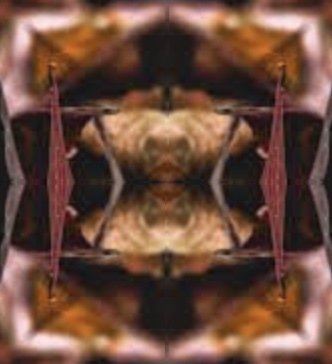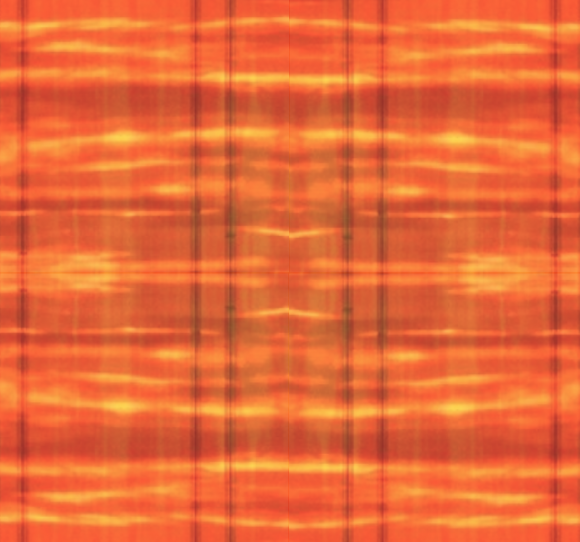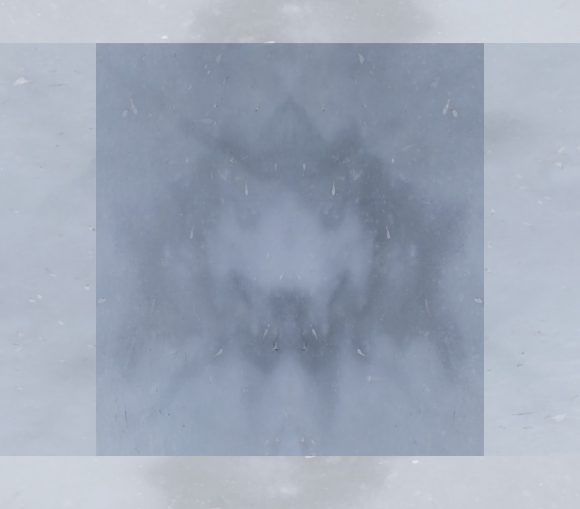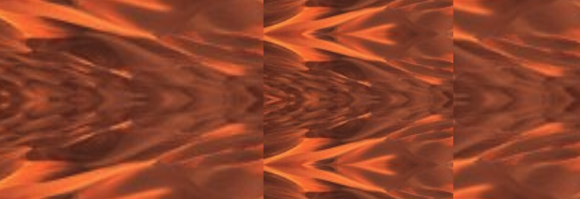
Spirit, according to Jung, is the archetype of a hidden meaning in the chaos of life. When it appears personified, it will typically be the Wise Old Man (but it might be a helpful animal, a child, and so on); when it gets projected (and is not personified), it shows up as synchronistic effects in the external world. This is more than a trivial observation. As we have learned from Hillman...








